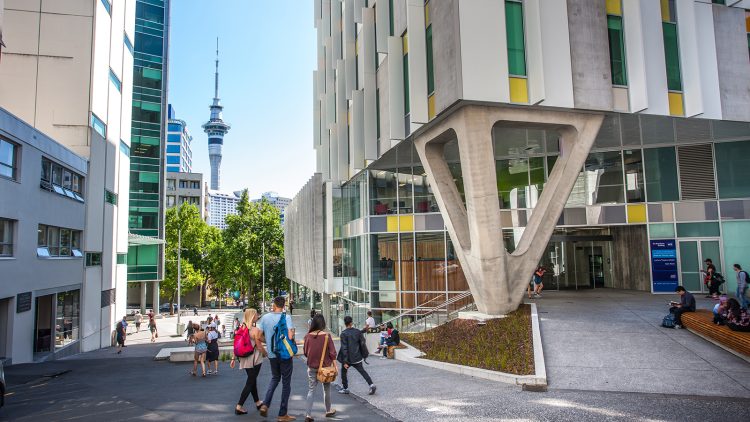개요: 매년 30만 명 이상의 뉴질랜드인이 대학교, 폴리텍, 와낭가를 포함한 고등 교육 기관에 등록합니다.대부분의 국내 학생들은 학비에 대해 정부 보조금을 받습니다.또한 많은 학생들이 무이자 대출 또는 학자금 수당을 제공하는 서비스인 Studylink를 이용합니다.올해 대학들은 재정 적자에 시달렸고, 이로 인해 교직원 및 학생 감원 문제가 발생했습니다.이에 따라 정부는 대학 기금으로 1억 2800만 달러를 추가로 지원하겠다고 발표했습니다.
대학 기금 및 연구:
- 국민당은 의과 대학을 새로 설립하고 오타고와 오클랜드에 연수생 의사를 위한 자리를 늘리기를 원합니다.
- 기회당은 관련 학위를 가진 사람들이 더 쉽게 의학을 공부할 수 있도록 할 것을 제안합니다.
- 노동당은 2026년부터 무료 치과 진료를 제공하는 것을 목표로 치과대학에 50% 더 많은 자리를 제공할 계획입니다.또한 간호사와 의사를 위한 더 많은 교육 장소에도 자금을 지원할 계획입니다
- 연구와 관련하여 Labour는 연구 부문을 재구성하고 기후 변화, 기술 및 전염병 연구 센터를 설립하는 것을 목표로 합니다.New Zealand First는 생산 부문에 초점을 맞춘 자금 지원을 원합니다.기회당은 연구에 대한 세금 인센티브를 도입하고 크라이스트처치의 암 연구에 집중할 것입니다.국민당은 건설 부문 연구에 열중하고 있습니다.
- 녹색당과 테파티마오리족은 자금 조달 모델을 수정하고 카우파파 마오리 기관에 더 많이 투자하는 것을 목표로 하고 있다.둘 다 고등 교육 거버넌스에 대한 학생들의 목소리를 높이고자 합니다.이 법은 각 아동에게 초등 및 고등 교육비로 25,000달러를 지원할 것을 제안합니다.새 보수당은 대학 기금을
.
줄일 계획입니다.
학생 지원:
- Act Party는 첫해 수수료 면제 정책을 철회할 계획이지만 녹색당은 이를 확대하고자 합니다.내셔널은 이 정책을 유지할 것입니다.
- 테 빠띠 마오리 (Te Pāti Māori) 는 보편적 학생 수당을 지지합니다.녹색당은 새로운 학생 소득 보장 정책을 제안하고, 대출 시스템을 변경하여 학생들에게 더
- 녹색당과 테파티마오리족은 모든 학생들에게 무료 대중교통을 제공합니다.녹색당은 또한 학생 기숙사 변경을 원하고 있으며, 내셔널은 뉴질랜드에서 교육을 받은 조산사와 간호사를 위한 유대 제도를 계획하고
- 노동당, 국민당, 신보수당, 테파티마오리, 녹색당은 모두 비대학 교육 및 무역 경로를 지원할 계획을 가지고 있습니다.Act Party는 인력 개발 위원회의 비용이 너무 많이 든다고 판단하고 이들을 폐쇄할
유리한 환경을 조성합니다.
있습니다.
계획입니다.




























































